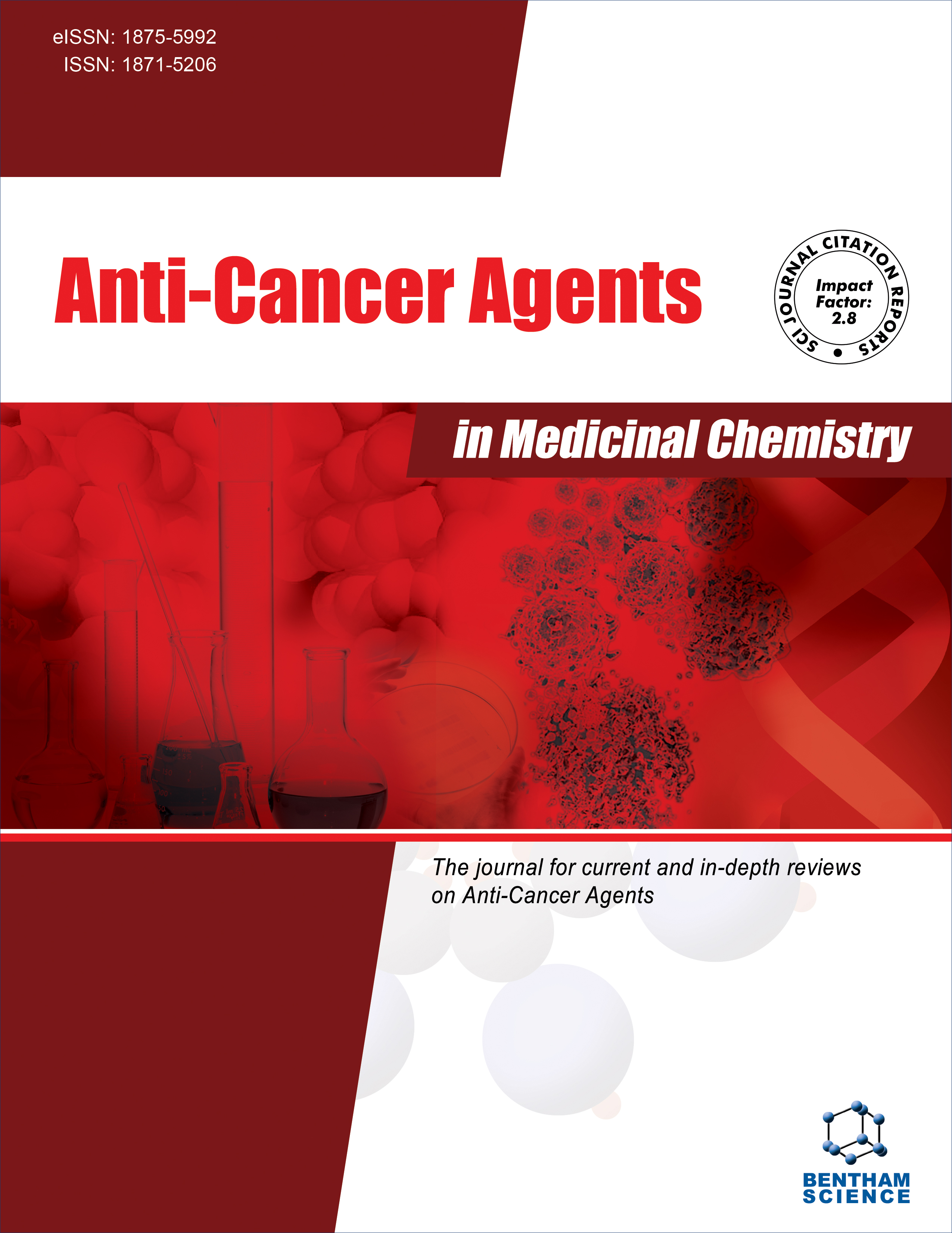
Full text loading...
We use cookies to track usage and preferences.I Understand

Although the development of SHP2 inhibitors has made striking progress, there is no inhibitor in clinical evaluation because of the potential side effects induced by poor drug distribution. Fluorescence imaging technology is widely used in the process of diagnosis and treatment of diseases because of the advantages of rapid imaging and non-destructive detection and might provide a new way to explore the mechanism of drug-target interactions in intact tissue.
A series of 2-quinolone derivatives as fluorescent inhibitors against SHP2 were designed and synthesized, and their spectral properties and biological activities were evaluated in this report. The representative compound 8A had excellent fluorescence properties (: 562 nm, Stokes shift: 170 nm, fluorescence quantum yield: 0.072) and optical stability.
Moreover, compound 8A emitted a blue signal in SHP2WT U2OS cells and inhibited the SHP2 enzyme abilities (IC50: 20.16 ± 0.95 μM) without the extra combination of suitable fluorophores, linker, or selective-activated molecules.
Therefore, we hope that compound 8A could act as a lead to develop novel, convenient, and bifunctional chemical tools to explore the mechanism of drug-target interactions in intact tissue and promote the integrated research progress of diagnosis and treatment of SHP2 related diseases.

Article metrics loading...

Full text loading...
References


Data & Media loading...
Supplements